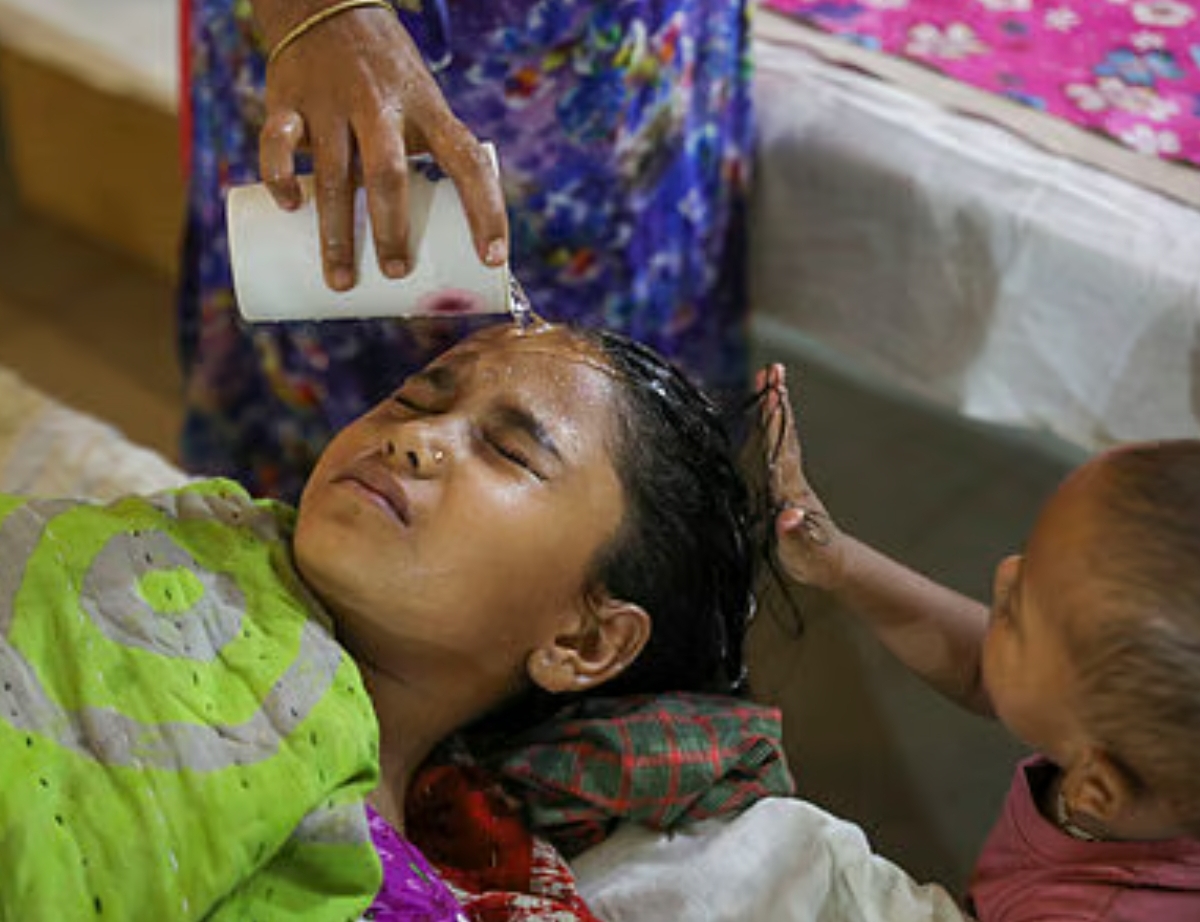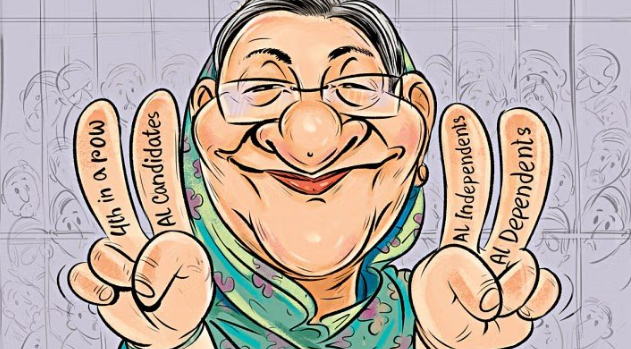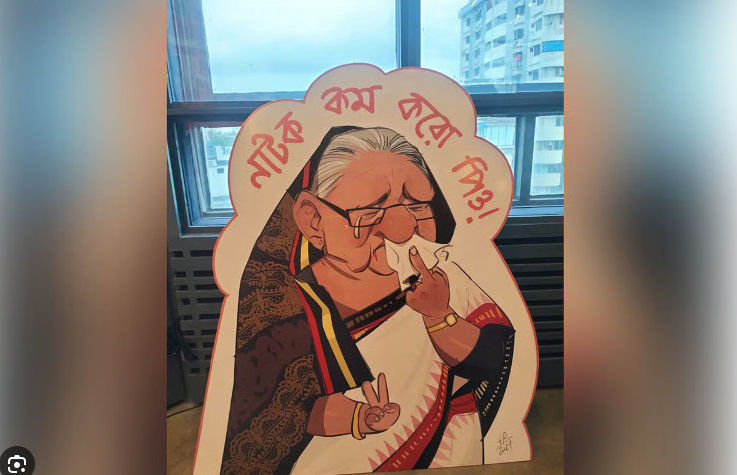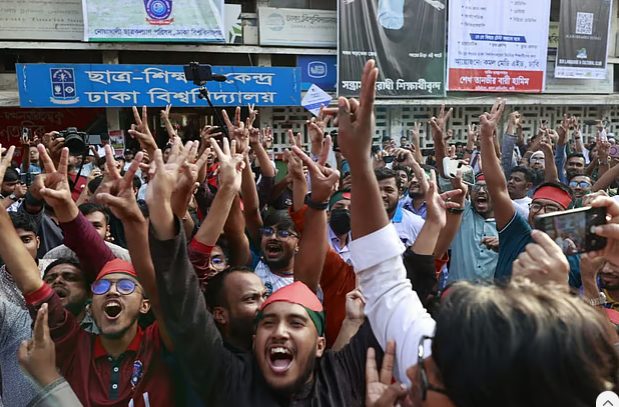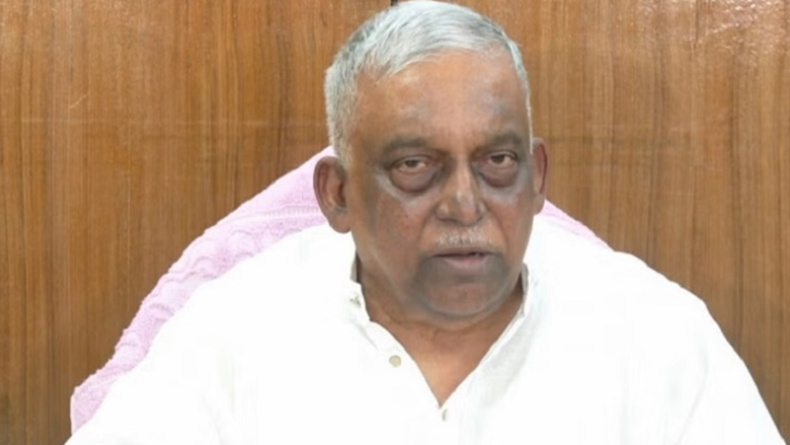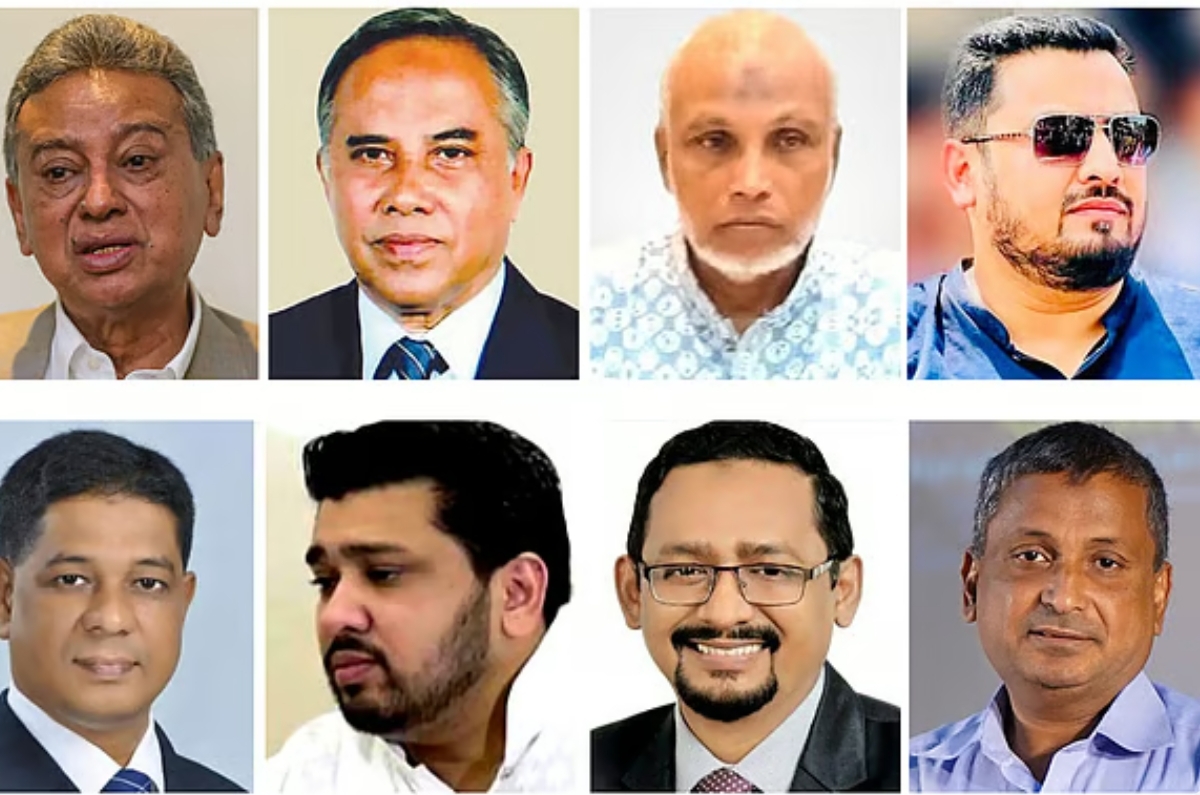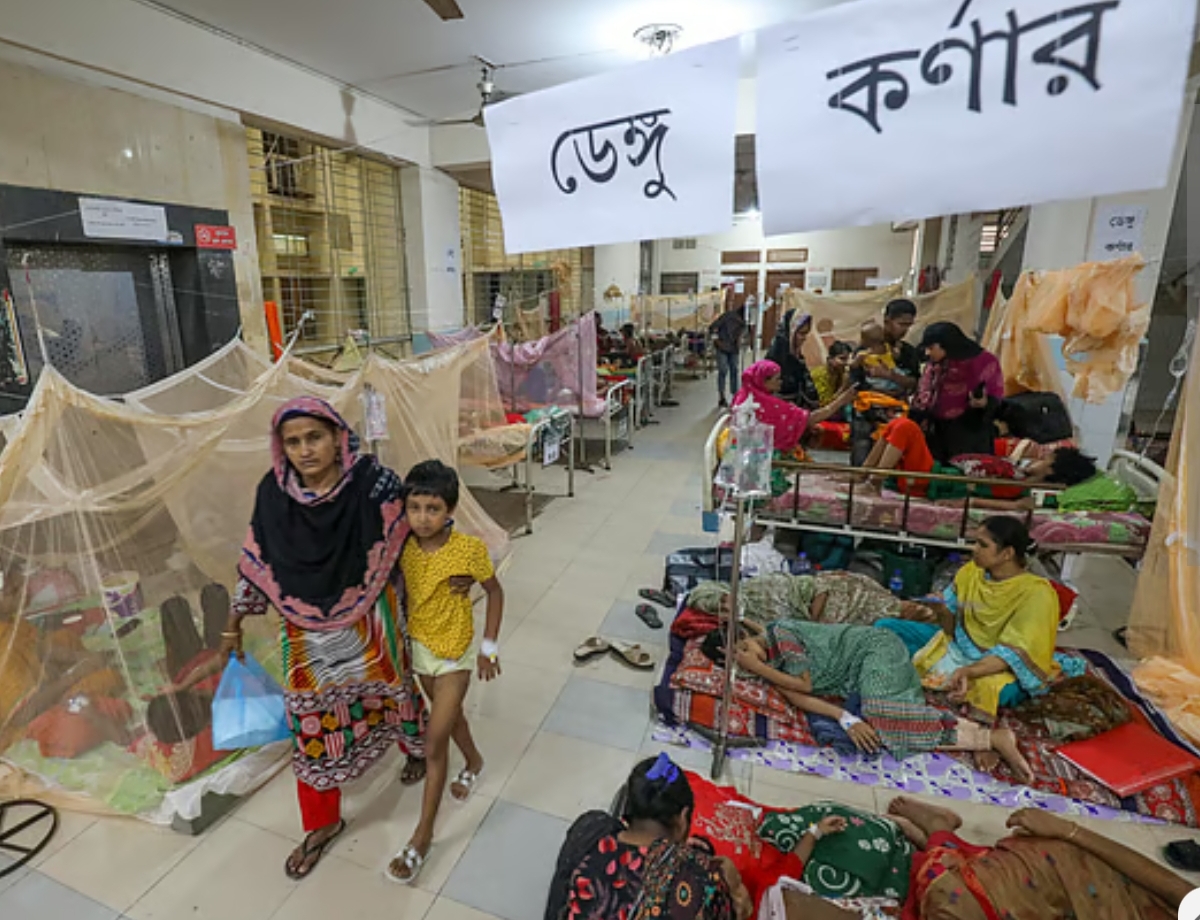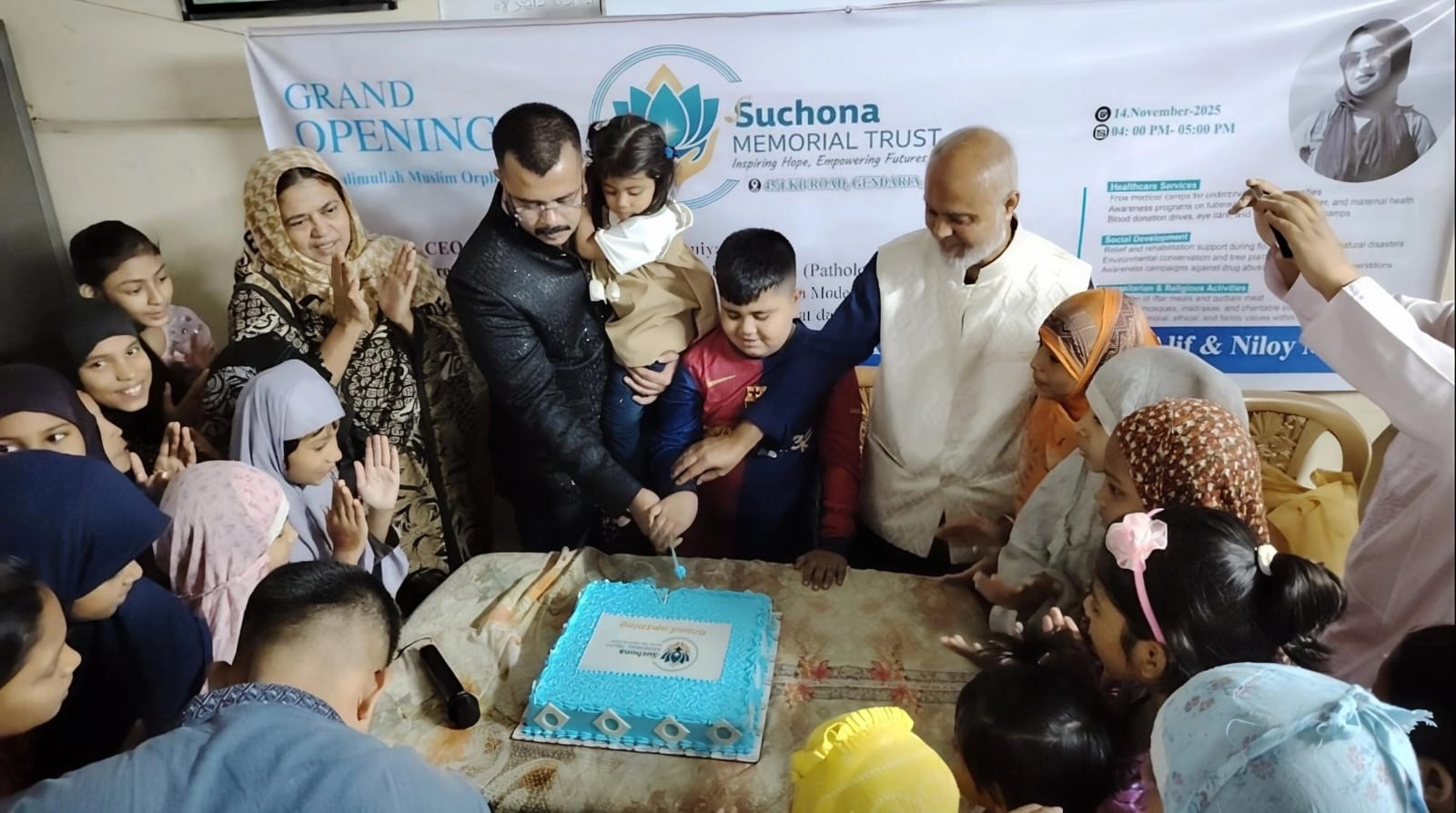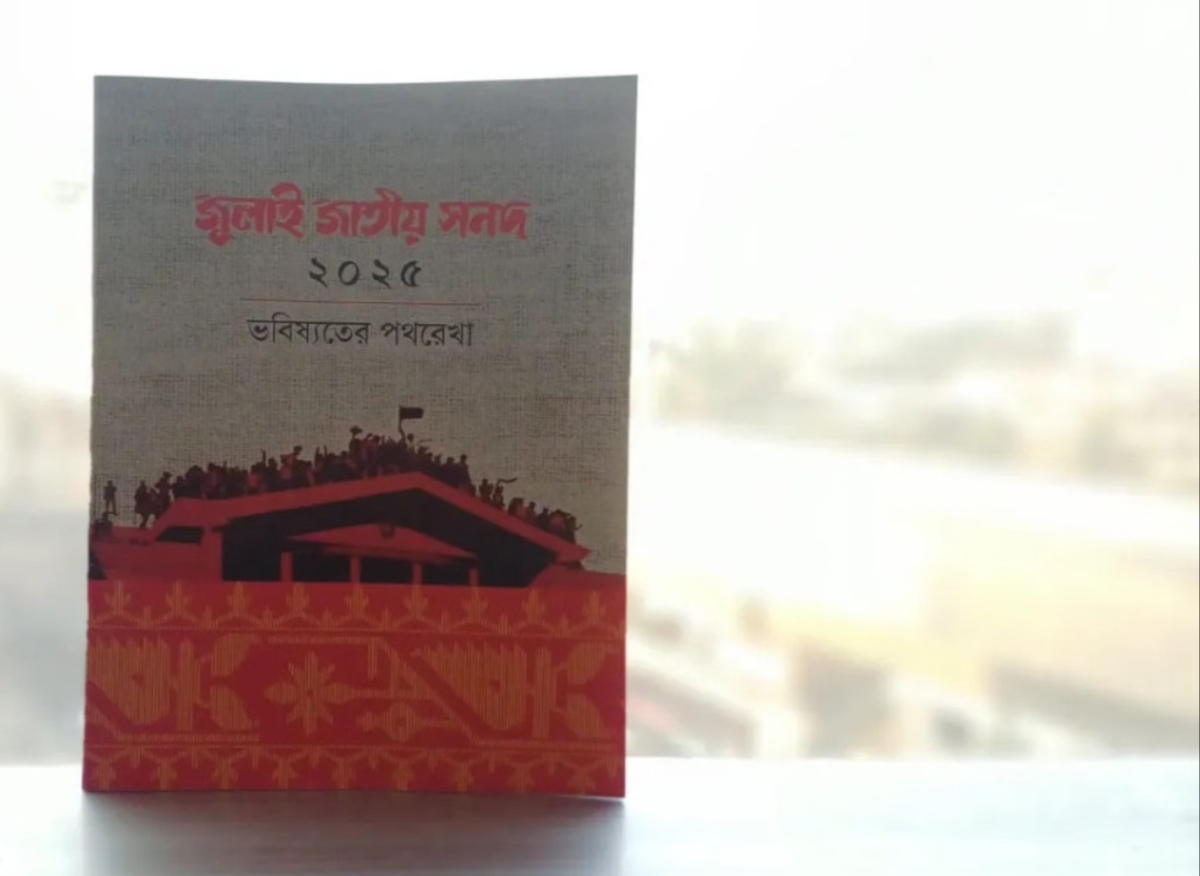“Dengue patterns are shifting, with infections rising sharply in November — what’s behind the change?”

- Update Time : 07:23:04 am, Saturday, 8 November 2025
- / 53 Time View

“November has now become the deadliest month for dengue.”
Between 2000 and 2021, August had been the month with the highest number of dengue deaths in Bangladesh, averaging about 8.8 deaths. In the same period, November averaged only around 2.9 deaths.
But after 2021, the pattern changed dramatically.
Now, November has emerged as the most lethal month, with an average of 186.6 deaths.
By comparison, October averages 164 deaths, and September around 146.
The average for August has risen to around 104.7 deaths—far higher than before, but no longer the peak.
Nazmul Haider told the media that changes in seasonality, transmission trends, and disease behaviour are common in illnesses like dengue.
According to him, dengue in Bangladesh has shifted after the pandemic:
Most cases now appear in October, toward the end of the monsoon.
But the highest death toll occurs in November, as the cooler season approaches.
He emphasized a key question:
Is Bangladesh prepared to track, understand, and respond to these shifts?
“Dengue spreads where mosquitoes spread. Without controlling mosquitoes, dengue control is impossible.”
Former Director of Disease Control, Prof. Halimur Rashid
Experts say Bangladesh needs time-based and evidence-based monitoring of dengue trends. Institutions responsible for disease research should lead this work, but specialists question whether there is sufficient planning at the government level.
Prof. Halimur Rashid noted that the timing of dengue transmission is changing—and that traditional mosquito-control methods used by local authorities must be improved.
“Dengue is now a year-round disease. Post-monsoon medical readiness must increase.”
Public health specialist Be-Nazir Ahmed
What once was a monsoon-season disease is now present throughout the year.
Researchers say mosquito-control strategies must adapt.
ICDDR,B scientist Mohammad Shafiul Alam suggests revising current insecticide use and considering alternatives such as:
BTI (Bacillus thuringiensis israelensis) for larval control
Wolbachia-infected mosquitoes to reduce dengue transmission
Be-Nazir Ahmed also stresses that dengue control is not only about eliminating mosquitoes—treatment systems must also be upgraded. He calls for enhanced medical preparedness immediately after the monsoon and recognition that dengue has become a perennial threat, not a seasonal one.



